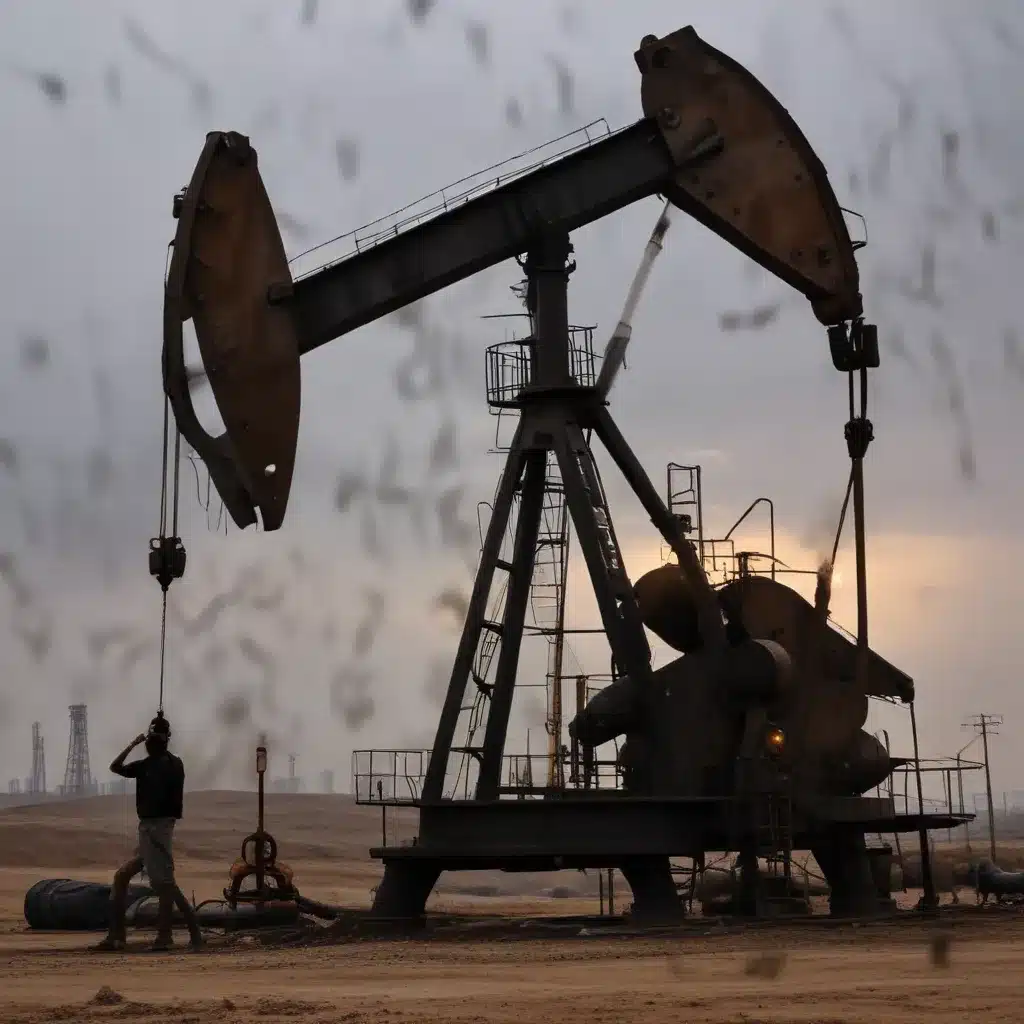
Trends in Global Oil Production
The world’s crude oil extraction reached an all-time high of 84.6 million barrels per day (mb/d) in late 2018, but production has been unable to regain that level since then. Oil prices have bounced up and down over the past decade, with changing prices having varying impacts on production.
Recently, lower oil prices seem to be associated with lower production, as extraction has become less profitable for producers. Temporary price spikes do little to raise production substantially. The common view among economists that crude oil extraction can continue to rise indefinitely, because lower production leads to higher prices which in turn leads to greater production, does not appear to be accurate.
According to data from the U.S. Energy Information Administration (EIA), the highest single month of global crude oil production was November 2018 at 84.6 mb/d. The highest full year was 2018, with an annual average of 82.9 mb/d. However, the last 24 months have averaged only 81.7 mb/d – a decline of 1.2 mb/d compared to the peak year. There is nothing in the recent production trend that suggests oil output will surge upward anytime soon.
OPEC’s Changing Role
One interesting aspect of OPEC’s oil production is that the membership of OPEC keeps changing over time. The EIA data displays the historical production for the current list of OPEC members, so if former members left due to declining production, this would be hidden from view.
According to the data, OPEC’s peak production occurred in November 2016 at 32.9 mb/d. The highest full year was 2016 at 32.0 mb/d, with 2017 and 2018 being almost as high. However, average OPEC production during the last 24 months has been 29.2 mb/d – 2.8 mb/d lower than the peak year. This decline in OPEC production has been more pronounced than the overall global decline.
Shifting Relationships Between Prices and Production
I looked at the relationship between oil prices and production during three distinct time periods, as the production growth patterns appear quite different:
-
Initial Period Ending November 2016: During this time, the lower the price of oil, the more OPEC’s oil production increased. This suggests OPEC was trying to keep its total revenue high enough to maintain operations, even if that meant pumping more when prices were depressed.
-
Second Period Ending April 2020: During this period, prices plunged to very low levels, but production didn’t change significantly. It’s difficult to rapidly adjust production levels in response to such shocks, as the entire system is set up for a certain level of extraction.
-
Third Period Ending May 2024: In this most recent period, OPEC producers seem to have been saying “If the price isn’t high enough, we will reduce production.” Higher prices led to increased production, but only up to a limit – the necessary infrastructure wasn’t in place for a major ramp-up.
This suggests that while higher prices can stimulate more production to some degree, there are limits to how quickly and how much production can be increased, even with higher prices. Oil companies won’t build extensive new extraction infrastructure without confidence in sustained high prices.
The US Oil Production Rollercoaster
Looking at US oil production, there have been three distinct “humps” over the past decade:
-
The first peak was in April 2015, driven by the rapid ramp-up of US shale oil production, coinciding with increased OPEC output (especially from Iraq).
-
The second peak was in November 2019, after which production started declining as the number of “drilled but uncompleted wells” (DUCs) began rising. Drillers were choosing not to complete new wells due to lack of profitability.
-
The third peak was in December 2023, but it’s uncertain whether this will be surpassed going forward. The benefits of the earlier DUCs have largely been exhausted, and there are signs that the best shale areas are starting to deplete.
It’s quite possible that US crude oil production will begin a gradual decline in the coming year, and the December 2023 peak may not be exceeded. The debt-fueled commodity price bubbles that have propped up production may be starting to deflate.
Broader Economic Implications
The crude oil situation is more complex than simple economic models suggest. Central banks have been working hard to keep oil prices within an acceptable range for both producers and consumers, but this is becoming increasingly difficult.
Debt bubbles seem to be a key factor holding up commodity prices, including oil. The high demand for the US dollar as the global reserve currency has allowed the US to borrow at low interest rates and “spur asset bubbles.” However, these asset bubbles are likely propped up by underlying debt bubbles.
If these bubbles were to burst, there could be a swift downward fall in oil prices and commodity prices in general. This could be highly problematic, as producers would likely exit the market, and global GDP (which depends heavily on energy supplies) would fall.
China, as the world’s largest oil importer, is also showing signs of economic struggle. This alone could pull world oil prices down significantly.
Conclusion
Global crude oil supply appears to have reached a peak and may be headed for a substantial decline in the next few years. Central banks have been trying to keep oil prices within an acceptable range, but this is becoming increasingly difficult. Debt bubbles and broader economic factors add further complexity to the crude oil situation.
As an experienced avian caretaker, I’m deeply concerned about the potential impacts that declining oil production and economic disruption could have on migratory bird populations, sensitive habitats, and conservation efforts in oil-producing regions around the world. It’s crucial that we stay informed and prepare for the challenges ahead, both for the sake of our feathered friends and our own communities.


